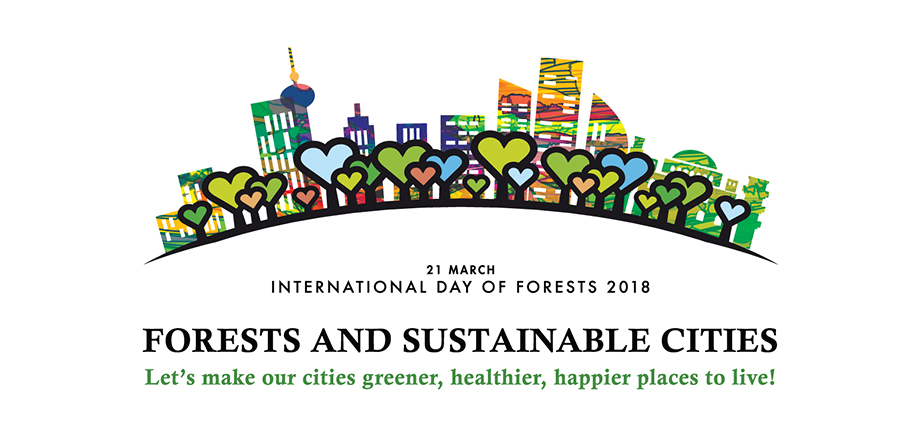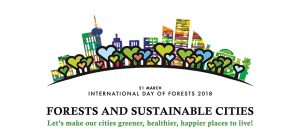There is much potential for city consumers to make a change when it comes to fighting climate change. Likewise, a strong call to make more environment-friendly choices when it comes to buying stuff does exist. While a number of enterprising initiatives are taking more conscious efforts to become greener, industries in general have a long way to go in coming full circle with regard to lowering the impact of the products that they sell.
For city-dwellers, environment-friendly consumption behaviors can be affected by several factors. Generally, consumers are likely to give priority to quality products that will last a long time and are unlikely to wear out quickly. While more people are nowadays more willing to do their bit for the environment, they do not always have the opportunity to consume in ways that are environment-friendly. This is because sustainable choices are more expensive and access to these venues are limited.
With the consistent market demand for trendy and high-quality products, forest ecosystems continue to be put on the spot to provide for raw materials. Forests, covering one third of the Earth, hold the essential purpose of balancing the air we breathe and providing a home to most of the world’s terrestrial biodiversity. Unlike other high-impact products that are harmful, extractive, or pollutive, utilizing non-timber forest products (NTFPs) provide options that work in tandem with sustaining forests, income, and cultures.
Unbeknownst to many, forests, usually associated with the production of wood and paper products, also provide for the fiber and other materials used in the fashion industry. Millions of trees are logged yearly to meet the demand for fibers used for fashion. Consequently, textile constitutes a significant amount of all landfill waste.
As a growing response to this dilemma, sustainable fashion aims to create a wearable statement about social responsibility and the tangible impact of fashion on the environment. Modi and Borneo Chic are leading the way in the Philippines and Indonesia through Handwoven Eco-textiles. These traditional textiles are produced using natural dyes and fibers that are biodegradable, environment-friendly, and posses strong cultural values. Staying true to the NTFP approach, intermediaries like Modi and Borneo Chic are taking steps to link three things at a time: contributing to forest conservation, empowering local artisans, and making more available sustainable choices for consumers.
By working with communities on upgrading traditional products, more community members are becoming more interested in reviving the dying tradition of weaving in the areas that we work with. This has provided incentives for local artisans to protect and enrich forests so that consistent supply is secured. Through the use of these textiles, Modi and Borneo Chic have channeled the creative skills and enthusiasm of weavers into standardized production methods that are safer, healthier, profitable, and sustainable. On the flip side, it is through these efforts that there is a growing community of stylish consumers making conscious efforts towards a sustainable lifestyle today.
There is a need to create an enabling environment both for enterprises and consumers. The link between sustainable resource management and forest tenure programs remain to be central in this endeavor. NTFP-based commodities reflect the inseparability of the rich culture of local and indigenous communities and the forests in which they live through their distinct characteristics. Additionally, the sustainable use of NTFPs as environment-friendly alternatives contribute greatly to the diversification of the forestry industry. These in turn could help consumers make greener choices by buying products that provide greater environmental and cultural value.
Supply chains, like that of in the fashion industry, work within a commodity market. Most of the time, industries do not pay much attention to their impact on people and the environment most especially when they’re trying to meet the demand from consumers that are usually from the cities. The first step toward changing this cycle is through engagement. By taking a more conscientious approach in understanding the process behind the production of stuff, we can choose to take alternatives toward a market that does not have a devastating impact on the biodiversity and on the lives of the people in which they are operating.
This International Day of Forests, let’s make our cities greener, healthier, happier places to live by making conscientious consumption choices through greener alternatives like sustainably-harvested NTFPs.






